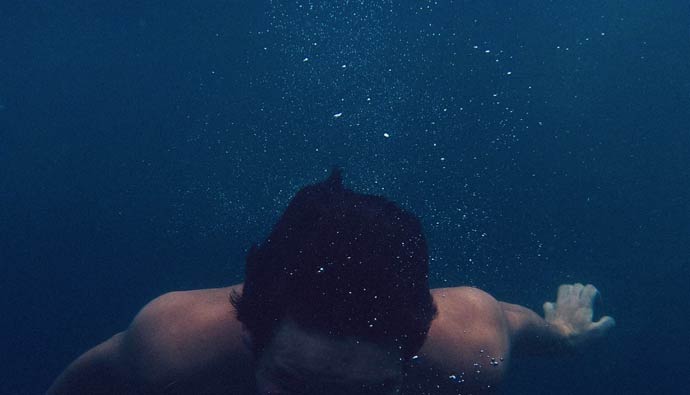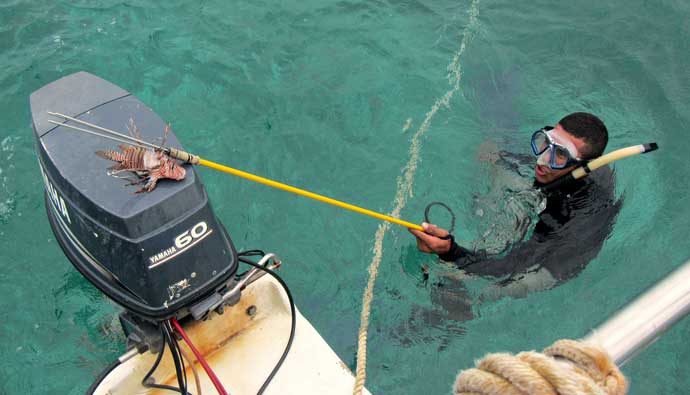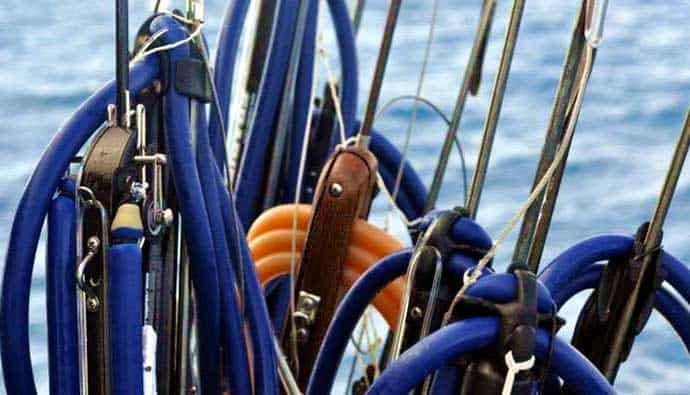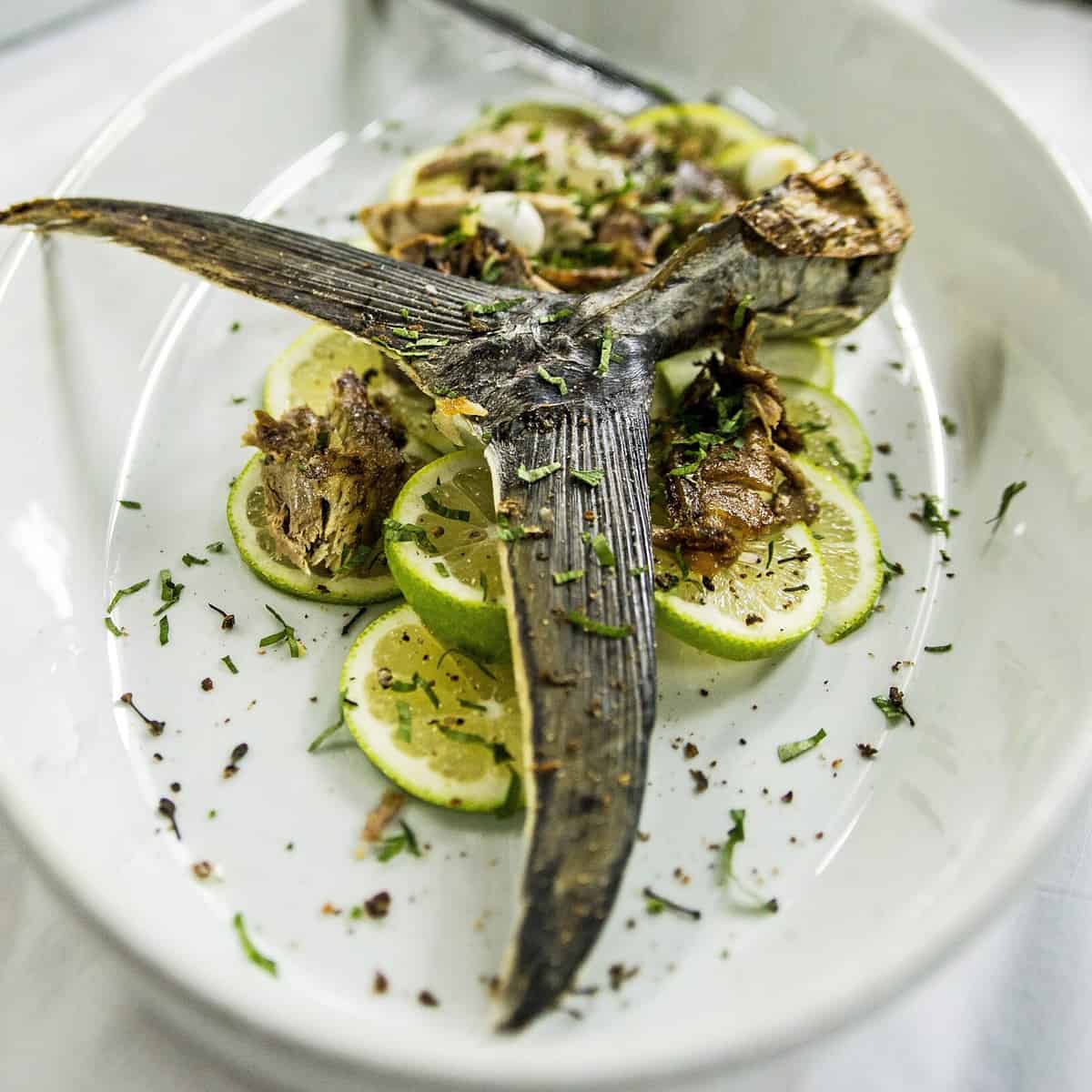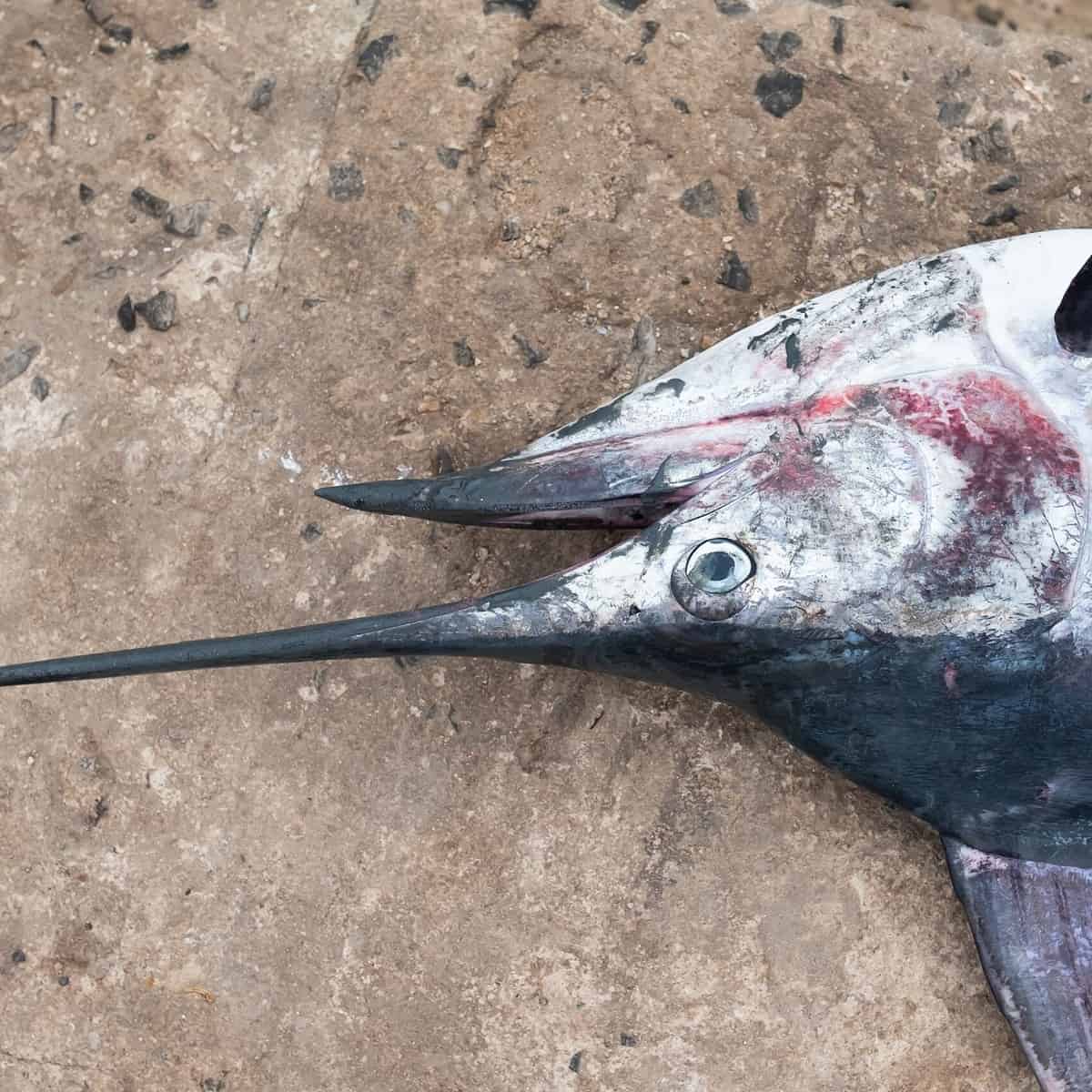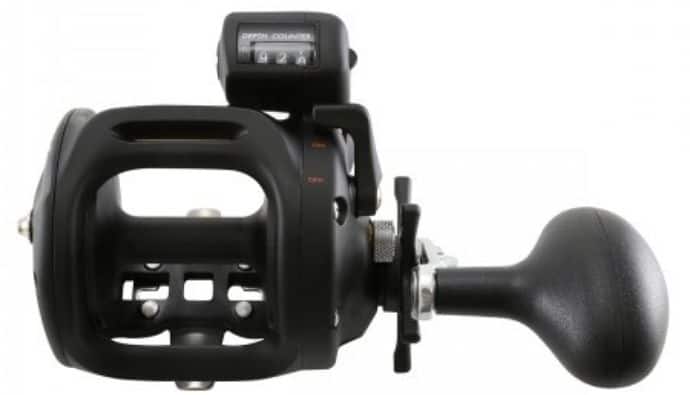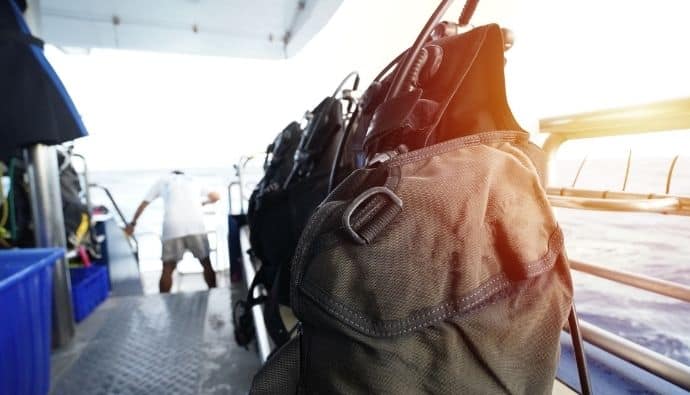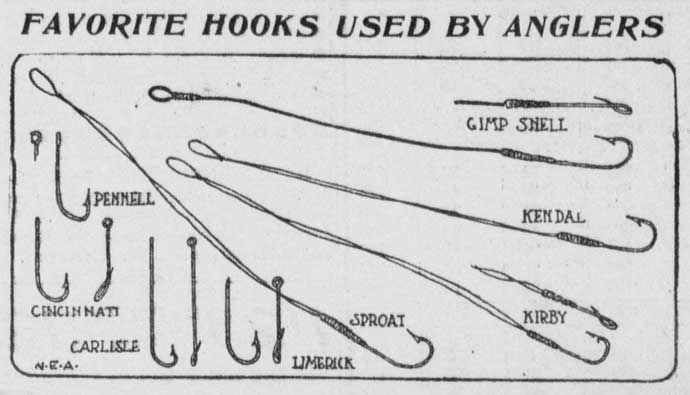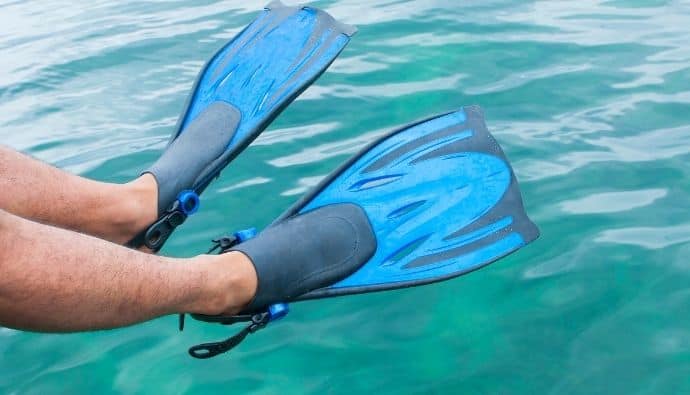It can be challenging to spend a large sum of money on new spearfishing fins.
There are many things to consider. Brands, materials, and fit, just to name a few.
Your spearfishing fins are critical for your effectiveness as a hunter. Having the best spearfishing fins guarantees a more relaxed and less energy-consuming experience.
Let’s look at a few fins we think you should check out.
Listen to more tips on the Cast & Spear Podcast
Our Top Picks
Best Overall: CETMA Prana (Mantra & Edge)
These fins are a popular spearfishing-specific fin, especially if you’re diving from shore. These are a mix of carbon and fiberglass which gives a bit more power to the kick when fighting a fish.
Most Powerful: Alchemy V3 Carbon Fins
This is a powerful fin and is solid if you plan to dive deep. They use 15 layers and have a unique layup that gives you a stiffer tip and zero dead zones to increase your efficiency.
Great Value: Meandros X-Pro
This is a great carbon spearfishing blade. It uses X-woven carbon that gives the right power release on every kick.
11 Best Spearfishing Fins for 2023 Reviewed
- CETMA Prana (Mantra & Edge)
- Alchemy V3 Carbon Fins
- Meandros X-Pro
- Pathos Maximum Carbon Fiber Fin Blades
- SpearPro Glass Blades
- DiveR fins
- Omer Stingray Carbons
- Cressi
- Leaderfins
- Mares Pure Instinct Razor Pro
- SEAC Motus Long Blade
1. CETMA Prana (Mantra & Edge)
Jon personally wears the CETMA Prana in S-Wing pockets. These are popular spearfishing-specific fins, especially if you’re diving from shore.
These are a mix of carbon and fiberglass, which gives a bit more power to the kick when fighting a fish. The design allows optimized stiffness distribution, ensuring the maximum hydrodynamic efficiency of CETMA. So when you kick the blade with a specific frequency, you spend a low effort to perform the thrust.
The stiffness available are Super soft (XS), soft (S), and medium (M). Thus, giving you the liberty to choose for their preference.
Other options: The CETMA Mantra has a more uniform flex and is full carbon. These are often used if you’re looking to do some freediving training. If you’re looking for a longer fin, the Edge is also a solid choice. It has an excellent stiff back section which is liked by freedivers as well.
2. Alchemy V3 Carbon Fins
Alchemy makes a solid carbon spearfishing blade. They use 15 layers and have a unique layup that gives you a stiffer tip and zero dead zones to increase efficiency.
This is a powerful fin and is solid if you plan to dive deep. They’ve conducted a bunch of R&D, and their V3 model reaps the benefits. Plus, with their color options, you’ll have a lot of options to match the rest of your gear.
A solid five-year warranty doesn’t hurt, either!
3. Meandros X-Pro
Meandros doesn’t just make awesome spearguns but also an excellent carbon spearfishing blade. Their X-Pro is sworn by many spearos and spearas here in SoCal. They use an X-woven carbon that gives the proper power release on every kick. These are meant to go with a Pathos foot pocket.
4. Pathos Maximum Carbon Fiber Fin Blades
Pathos Maximum Carbon blades are among the more unique-looking blades on the market. Their C-curve design allows for great flexibility, efficiency, and functionality.
The extra bulge on the end of the blade is also said to give more power with less energy per kick. They also use a 24-degree angle in the blade, which is geared more towards the everyday diver rather than those who hit leg day in the gym all the time.
Pair these with the Pathos foot pocket for comfort.
5. DiveR fins
The Riffe and DiveR partnered to produce a top-of-the-line fin blade. These fiberglass fin blades have a “medium” hardness for the greatest performance. It has Veloc foot pockets for each 35-inch fin.
These fins have a custom epoxy resin system and aerospace-grade fabrics that transfer the load progressively from toe to heel. Something spearos would appreciate when deep underwater
6. SpearPro Glass Blades
Fiberglass gets neglected even though it does have a place in spearfishing. It’s generally a bit heavier, but it’s also lower cost and can take abuse.
If you’re going to be doing a lot of shore diving and want extra power and have a bit more budget than cheap plastics, then go with the SpearPro fiberglass blades. They won’t break the bank, will last a long time, and when you’re ready to upgrade to carbons, you’ll have money in the bank to do it.
7. Omer Stingray Carbons
These fins are made from carbon using infusion technology with an innovative double vacuum process. This makes the carbon fiber stand impregnated perfectly in the resin. Thus, your kicks form fewer microbubbles.
They have a thermo-rubber foot pocket that helps make your dive comfortable. The interchangeable blades allow you to change the long blade to your preferred stiffness. The fins come in (20) soft, (25) medium, and (30) hard blades.
These carbon fins will not tire out your legs when kicking on the surface for extended periods. Plus, the blades push you most during descents and ascents, even in great depths.
8. Cressi
With this fin, Cressi combined three different materials to guarantee an unsurpassable performance. They used special polypropylene for the reactivity and lightness of the fins.
Additionally, a guaranteed perfect leg-fin thrust transmission is because of the soft elastomer. This elastomer anatomically wraps around the spearo’s foot. Spearos and some Scuba professionals consider these fins as one of the best deals in the market.
Gara 2000 HF by Cressi is comfortable to wear with or without neoprene socks. Aggressive freediving fin is best for professionals in spearfishing and apnea diving.
9. Leaderfins
From epoxy resin and fiberglass, these fins make for a high-quality spearfishing experience. These fins have rubber rails attached for the greatest efficiency in water flow.
The soft rubber foot pocket is for spearos who spend more extended periods underwater. The foot pockets allow the comfortable use of these fins for spearfishing or as freediving fins. The fins weigh 2.4kg with medium stiffness.
The blade angle of the fins is 20 degrees. In choosing the blade’s size and stiffness, you should think and rethink your choice all the time.
10. Mares Pure Instinct Razor Pro
These razor pro fins from Mares are made from technopolymer material. The high-quality elastomer long blade is tapered for agility and one-of-a-kind performance. The interchangeable blades allow for more options to meet the demands of different diving conditions.
The design has taken into consideration the foot pocket of this fin. Perfect power transmission delivered by the foot pocket is due to performance engineering design from foot to blade. The V-tip of these fins prevents you from slipping side to side when kicking the fin underwater.
11. SEAC Motus Long Blade
SEAC Motus Long Blade has interchangeable fin blades from a special technopolymer. These fins maximize reactivity and flexibility. Perfect for spearfishing, these long blades have powerful thrusts with little effort.
The pocket is made from hard thermoplastic rubber with a dual material density that will suit any diver’s foot. These fins have optimal comfort and performance ratio, one that spearos appreciates the most.
How to Choose Spearfishing Fins

To choose the right size for the foot pockets, you will first need to put on a thick sock. Many spearos and divers make the mistake of fitting a pocket without a sock on. When fitting, we always want to think of the worst-case scenario, so we advise you to fit with at least a 4mm sock on.
Next, stretch out your foot, and put it in the pocket. Position your foot as you would in the water. Do not stand on it, as you never stand on your feet underwater. When fitting, this is a common mistake, which leads to the spearo purchasing the wrong size of fins.
When you have the foot in the pocket, you try to feel the fit. You want a nice pressure and not one that restricts your foot’s movement in the fin.
How to Custom Mold Your Spearfishing Fins
You can modify the size of some pockets in the market to expand as they are moldable, but they do not shrink. They can only expand. That’s why some spearos buy pocket fins that are a bit snug as they expand overuse. If you want to mold your fins before your trip, you can:
a.) Boil water, and put your pocket in until soft. Take it out, and put your foot in with double socks. Cool it before taking your foot out. Keep in mind to mark which side of the foot you’re molding, as the fins can become confusing after the process.
b.) Use a blow dryer carefully to soften the pocket before putting your foot with double socks in. Repeat the same procedure as mentioned above. Remember that you don’t want to leave the blow dryer in one spot for too long, as it will melt that specific spot.
Spearfishing Fins Considerations
Many spearos ask, “is there a difference between freediving fins and spearfishing fins?” There are a lot of similarities and overlaps. Competitive freedivers will opt for the best freediving fins for their use case of diving deep, whereas a spearo will have a different use case of conserving energy while hunting.
This can be possible if we gear up the right way, so here are the best fins for spear fishers underwater:
Choosing spearfishing fins is trickier than most divers make it out to be. You don’t essentially need to have the fanciest type to be able to go down underwater. There are many aspects of your dive that should influence your choice.
If you have the money to spend on carbons, that will save you a lot of energy down underwater kicking, but it is not 100% necessary. You could get away with a Fiberglass and even a plastic fin depending on your dive’s depth.
When fishing to a 5 to 30-foot range, keep in mind that you’re going to kick around rocks and big boulders. That is if that’s the type of diving you want to do. If your concern is efficiency, choosing fins made from efficient materials will definitely be a significant factor.
Spearfishing Fins vs. Scuba or Any Fins
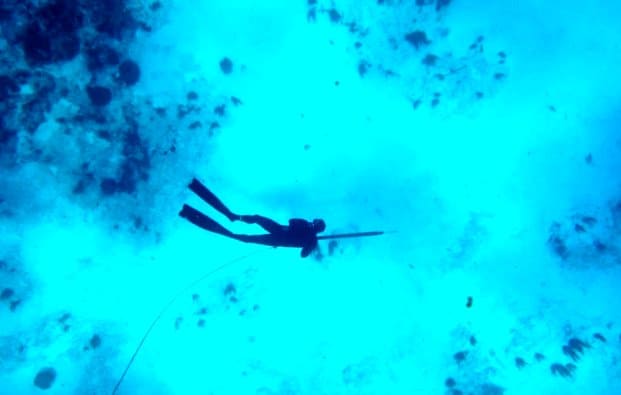
Spearfishing fins have longer ribbed blades rigid enough to propel you with power. Thereby covering more distance with less time, oxygen, and energy from the spearo.
What’s more, the power of the drive is proportional to its length and the material used. Maneuvering these fins take individual skills. They are not advisable to use in close-to-reef or tight spaces exploration.
These fins generally need more leg strength as the kick may be more demanding due to the fins’ stiffness. But as you get used to the technique of maneuvering these fins, your muscle strength grows. They pay off in power and guarantee a less energy-consuming experience.
Scuba fins aim for more power in the water as the equipment weight and volume make you less hydrodynamic. They are designed for more challenging water conditions. These fins come in varied lengths and flexibility. But they are typically shorter than spearfishing fins and longer than snorkeling fins.
They propel with more power than the snorkeling fins but less than that of what spearfishing fins can give you. They have an open-heel foot pocket design as opposed to the usual full-foot pocket design of spearo fins.
Snorkeling fins are flexible and light. They have shorter blades for easy maneuvering. Thus, needing less strength to paddle on or below the water’s surface. These fins are safer and more convenient. They give you less chance of accidentally kicking someone or damaging the coral reef you’re swimming near on.
Additionally, these fins allow snorkelers to go in and out of the boat or even walk right onto the beach. But they are only efficient for swimming on or below the water’s surface. Using them in spearfishing, you will need more energy than you’re supposed to use. This does not constitute an enjoyable experience.
Frequently Asked Questions
There are many fins to choose from. Choosing the best freediving fins essentially depends on many things. Consider the type of dive you plan to do, your skill level, and the environmental condition. (link to CS free diving article)
Longer fins mean more power to propel you under the water. Spearos and freedivers alike benefit from these fins in energy, time, and oxygen.
If you scuba dive in a less crowded area, you may use these longer fins. But if you are diving in a bit crowded or tight spot, try to think of everyone’s safety and the coral reef as well.
Choosing the best fins essentially depends on what you need them for. Is it for scuba? Freediving or spearfishing? Snorkeling? These activities will need different types of fins as the conditions in each are different.
Insider Advice
Whenever spearfishing California or Baja, it is helpful to have a backup fin with you or a fishing buddy with a backup. We can never tell if we will lose things or break things while spearfishing with time and place.
If you think plastic fins don’t break, they do. And if you can take a special carbon fin with you, bring it. This makes your experience more relaxed, and diving will take less toll on you.




 Facebook
Facebook YouTube
YouTube